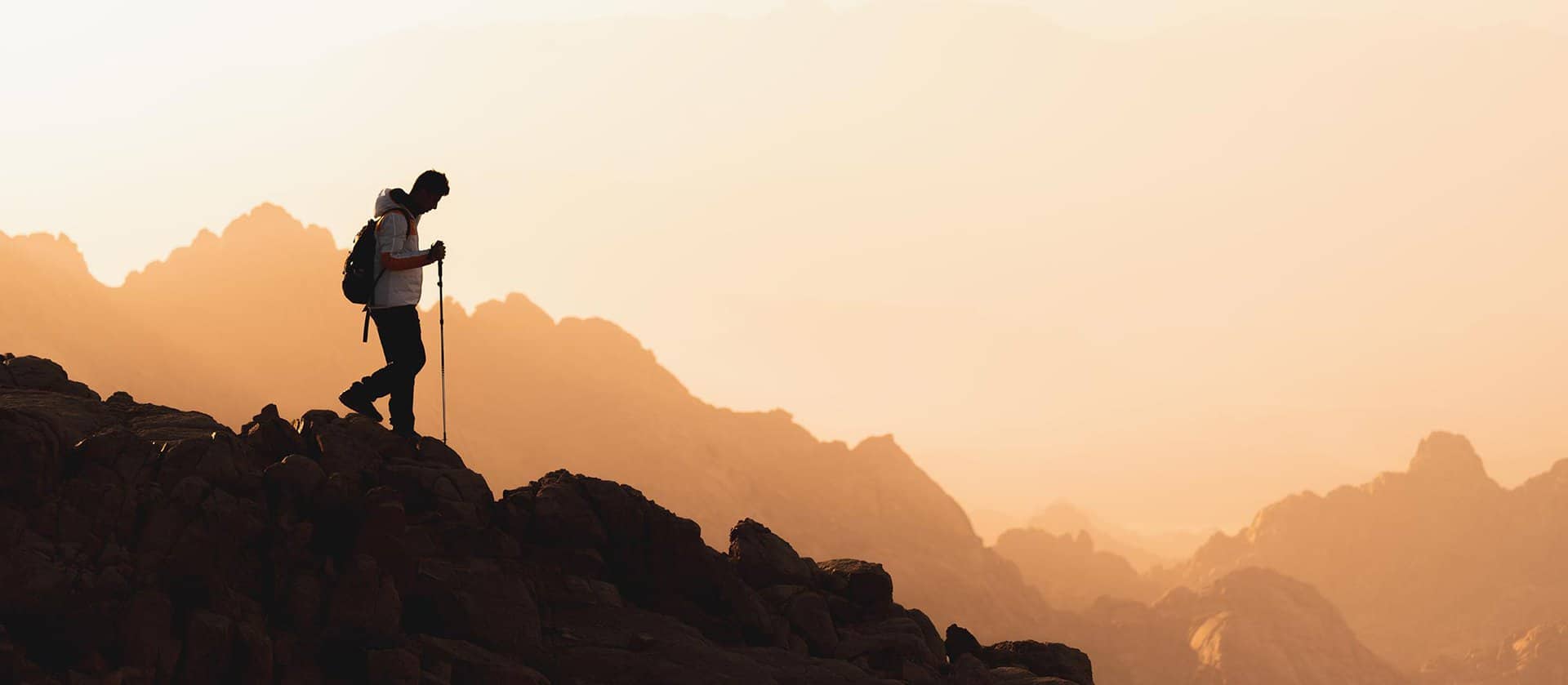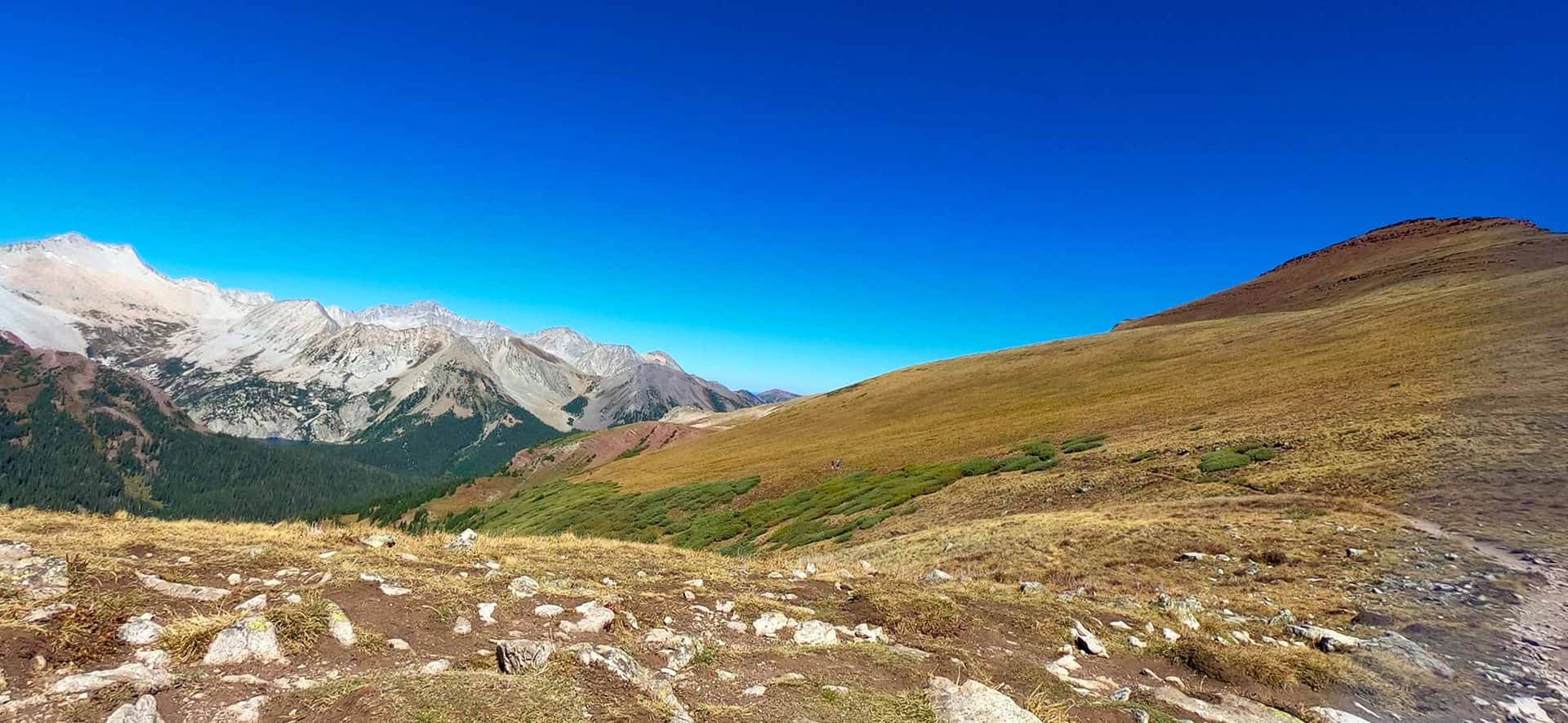In my many years of hiking in Colorado, I’ve never encountered a mountain lion. I’ve seen sign, and I’m sure they’ve seen me (an unnerving thought), but I’ve never encountered one. I have thought about it a lot, especially after reading a great book, Bease in the Garden about the mountain lions along the Front Range of Colorado. The stories of mountain lion encounters are actually most common on the outskirts of population centers (imagine ten miles west of boulder or in the foothils outside of Denver), where cubs have grown up more seeing humans. This is actually what causes problems, the habituation of the creature to being around people. They lose their natural fear. Because of this, I’m typically more concerned about encountering mountain lions when I’m hiking along the Front Range near Denver or Boulder than I am when backpacking deep in the backcountry.
The chances of encountering a cougar are small, but it does happen. And it’s important to know what to do if you were to come face to face with a mountain lion.
What to do if you encounter a mountain lion?
- Stay Calm and Assess the Situation:
- Make Yourself Appear Larger:
- Maintain Eye Contact, but Avoid Direct Staring:
- Speak Firmly and Loudly:
- Slowly Back Away:
- Report the Encounter:
If you spot a mountain lion during your hike, the first and most crucial step is to remain calm. Avoid sudden movements or running, as it might trigger the lion’s predatory instincts. Take a moment to take in some deep breaths, assess the situation, and gather your thoughts before deciding on the next course of action.
One of my friends was hunting in the Colorado mountains, laying prone on the ground and scanning the landscape for elk. Then he go this sense that he was being watched. So, he took a look over his shoulder to see a mountain lion slowly creeping up on him. My friend immediatly stood up, and just the act of standing freaked the lion out and it bolted into the woods. Mountain lions are more likely to perceive you as a threat if you appear larger. Open your jacket, raise your arms, and spread them wide to make yourself appear bigger and more and trigger its flight response. This is another great reason to hike with trekking poles. And it’s a good reason to hike with a friend or with a small group.
While it’s essential to keep an eye on the mountain lion, staring directly into its eyes may be perceived as a threat. Instead, maintain intermittent eye contact while also being aware of your surroundings. Show the lion that you are aware of its presence without appearing confrontational.
To assert your presence and intimidate the mountain lion, speak firmly and loudly. Use a commanding voice to show confidence and dominance. Shout and make noise to let the lion know that you are not an easy target.
As you maintain eye contact, slowly and cautiously start backing away from the mountain lion. Avoid turning your back on the lion, as sudden movements could trigger an attack. Make sure to keep your eyes on the lion while you gradually create distance between yourself and the animal. Work to get back to your car, to a group of people, or another safe place.
Once you’re at a safe distance from the mountain lion, it’s important to report the encounter to the relevant authorities. This information can be valuable for tracking and monitoring the behavior of mountain lions in the area, helping protect both hikers and wildlife.
Though it’s unlikely to have a run in with a mountain lion, it’s important to know what to do–and what not to do. This short list, I hope, has provided you with the basics in case the unlikley were to occur.
Aaron Johnson has been hiking in Colorado for over 20 years. The owner and editor of Dayhikes Near Denver, Aaron writes every trail profile as a local guide who has hiked hundreds of miles of trails along the Front Range and deep in the Rocky Mountains of Colorado.




